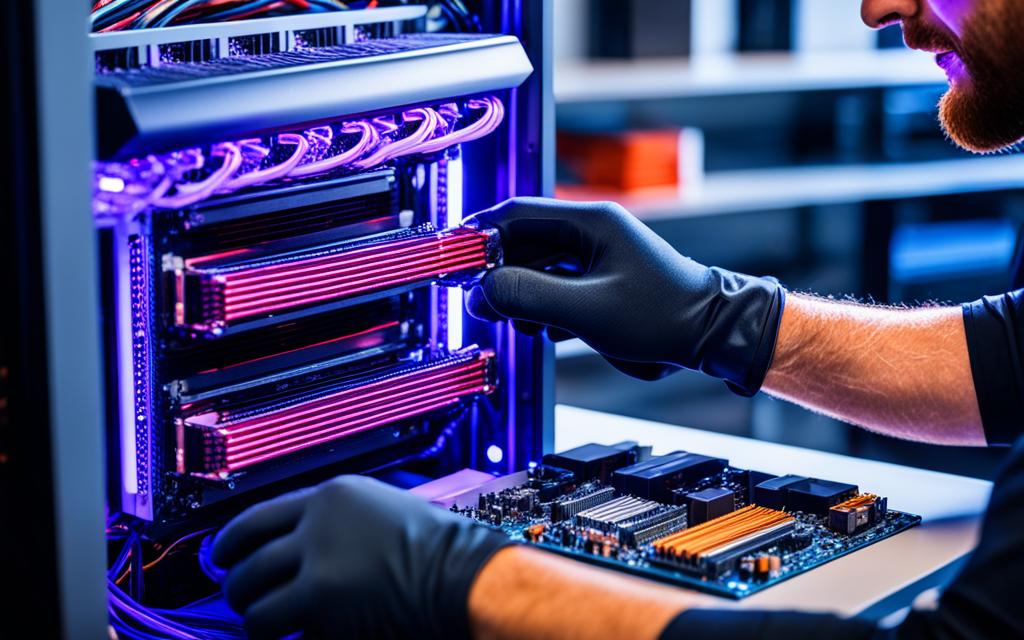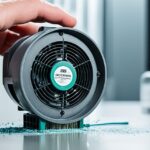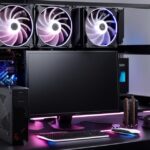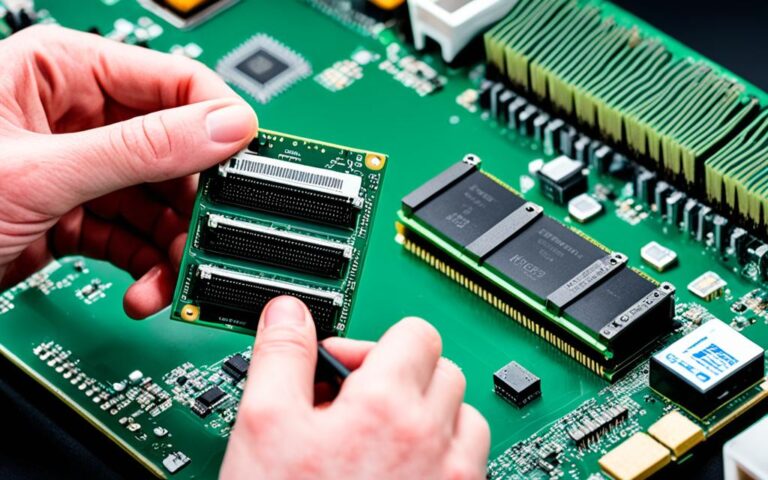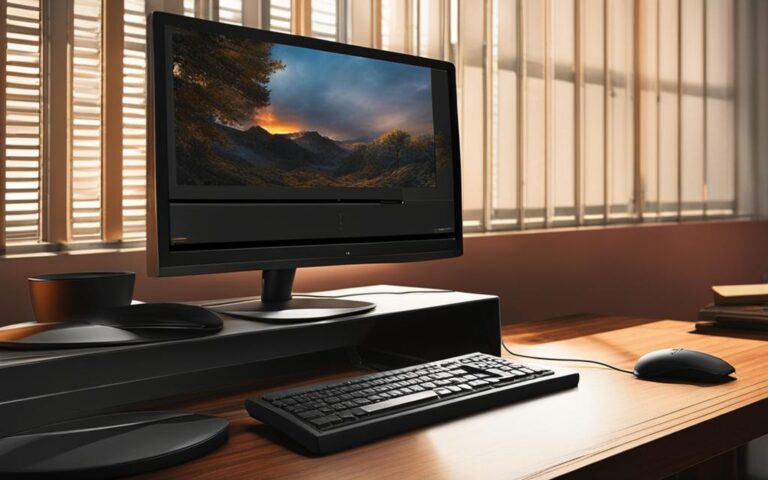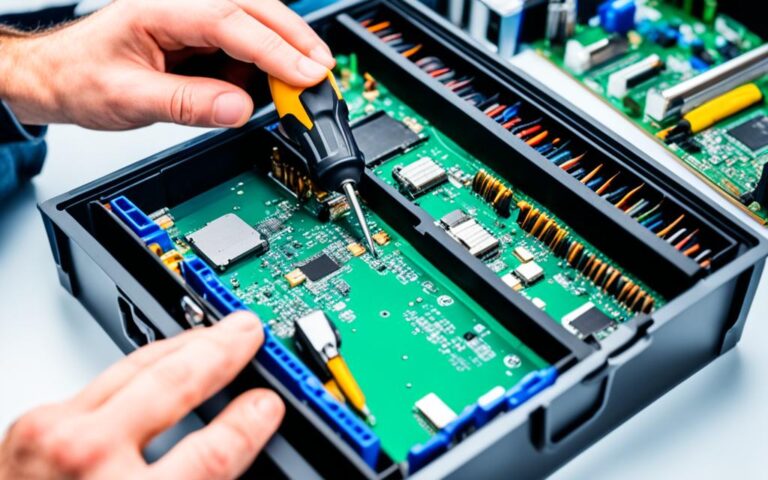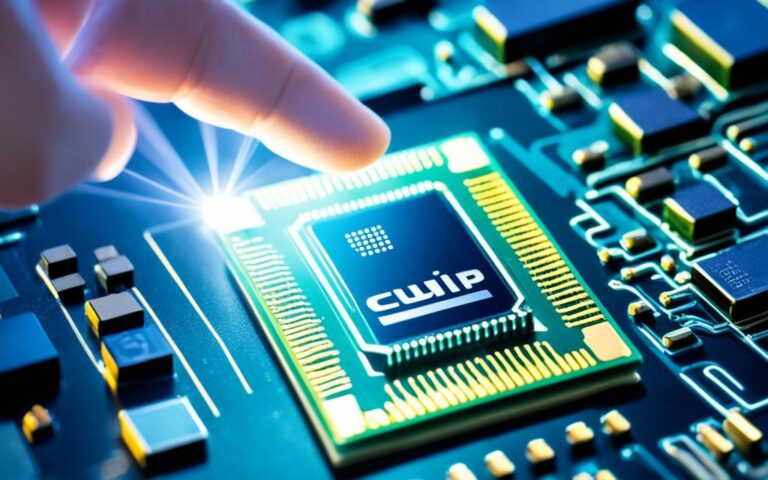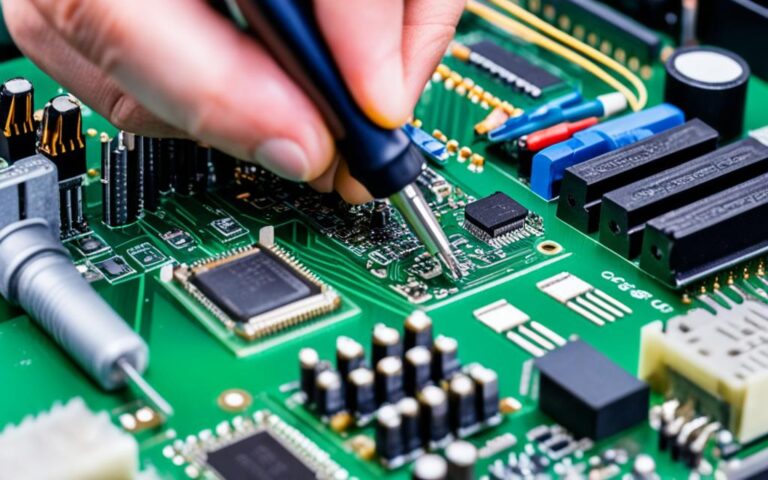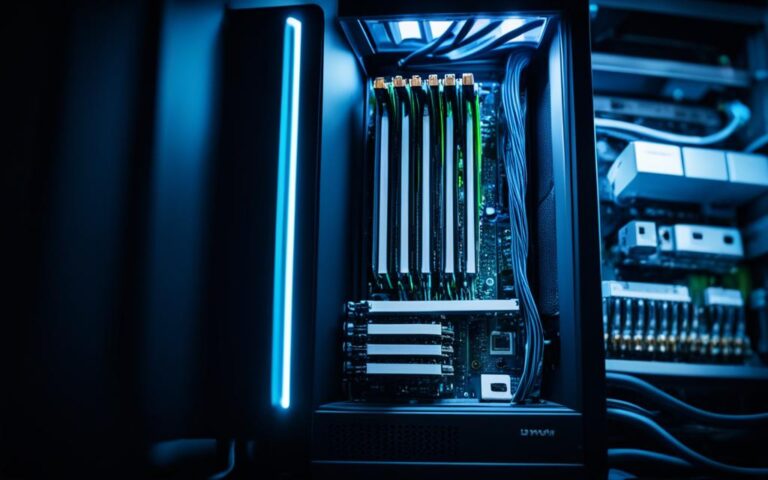Desktop GPU Overheating Solutions and Repairs
GPU overheating can lead to various issues such as decreased performance, system crashes, and even permanent damage to the graphics card. It is important to understand the causes of GPU overheating and how to identify if your GPU is overheating. Factors that contribute to GPU overheating include the cleanliness of your computer case, the position of the graphics card and fans, the efficiency of heatsinks, heavy load, and graphics processing. While some graphics cards can handle higher temperatures, it is recommended to keep the temperature below 80°C for optimal performance and longevity.
In this article, we will explore how to tell if your GPU is overheating, ways to cool it down, and solutions to fix overheating issues. By implementing these strategies, you can ensure the smooth operation and longevity of your desktop GPU.
How to Tell If GPU Is Overheating
If you notice that video games or video rendering are slowing down, freezing, or experiencing graphical glitches, these could be signs of GPU overheating. You can use monitoring software to check the GPU temperature and compare it to recommended safe temperatures for your specific graphics card. Additionally, you may experience computer crashing and black screen issues due to overheating.
When your GPU is struggling to cope with the demands of intense graphics processing, it begins to generate excessive heat. This can lead to performance issues and even system instability. Monitoring the temperature of your GPU is crucial in identifying if it is overheating and taking appropriate measures to resolve the issue.
**Graphical glitches and slowdowns** while gaming or video rendering are telltale signs that your GPU may be overheating.
**Use monitoring software** to check the GPU temperature. Compare it to the recommended safe operating temperatures provided by the manufacturer.
**Frequent computer crashing** and **black screen issues** also suggest overheating problems.
Monitoring software such as MSI Afterburner, HWMonitor, or GPU-Z can provide real-time temperature readings. These tools display the GPU temperature in degrees Celsius or Fahrenheit, allowing you to assess whether your graphics card is operating within a safe temperature range.
Keeping an eye on GPU temperature can help you diagnose potential overheating problems and take prompt action to prevent any further damage to your system. If the GPU is consistently operating at high temperatures, it may be necessary to optimize cooling and ventilation within your computer case.
By regularly monitoring your GPU temperature and being vigilant to the signs of overheating, you can ensure the stability and longevity of your graphics card. In the next section, we will explore various methods to effectively cool down an overheating GPU.
How to Cool Down the Overheating GPU
When faced with an overheating GPU, there are several effective methods you can employ to cool it down and safeguard its performance and longevity.
Firstly, it is crucial to clean the GPU fan regularly to prevent dust and dirt from obstructing airflow, which can lead to overheating. A clogged fan can significantly impact cooling efficiency and increase the risk of heat-related issues.
Furthermore, optimizing the placement of your computer is essential to ensure adequate airflow for proper cooling. Position your system in a location that allows for unrestricted air movement, avoiding enclosed spaces that may hinder cooling performance.
If you have overclocked your GPU, it is vital to note that it can generate additional heat. Consider adjusting the clock speeds or reverting back to default settings to reduce heat production and alleviate the strain on your graphics card.
Another crucial factor to consider is the state of the thermal paste on your graphics card. Over time, thermal paste can dry out, compromising heat transfer and cooling efficiency. Consider replacing the thermal paste to improve heat dissipation and maintain optimal temperatures.
“Cleaning the GPU fan regularly, optimizing computer placement, adjusting clock speeds, and replacing thermal paste are some effective methods to cool down an overheating GPU.”
These methods, when implemented properly and consistently, can help cool down an overheating GPU and prevent potential damage. By ensuring that your graphics card operates within the recommended temperature range, you can optimize its performance and extend its lifespan.
Methods to Cool Down an Overheating GPU
| Methods | Description |
|---|---|
| Clean the GPU Fan | Regularly remove dust and dirt to maintain unobstructed airflow. |
| Optimize Computer Placement | Ensure proper airflow by placing the computer in a well-ventilated area. |
| Adjust Clock Speeds | Reduce heat production by modifying clock speeds or returning to default settings. |
| Replace Thermal Paste | Improve heat transfer and cooling efficiency by replacing the thermal paste. |
Implementing these methods can effectively mitigate GPU overheating and maintain optimal performance. Regular monitoring of temperatures and taking necessary precautions will go a long way in preventing heat-related issues and ensuring a smooth computing experience.
Solutions to Fix Overheating Issues
Overheating issues with your GPU can significantly impact its performance and longevity. Fortunately, there are several effective solutions to resolve these problems and prevent future overheating incidents.
- Clean the computer regularly: Dust and debris can accumulate over time, obstructing airflow and causing the GPU to overheat. Regularly clean the computer case, including the GPU fan, to ensure optimal airflow and cooling efficiency.
- Improve the cooling system: Enhance the cooling system by adding additional fans or considering liquid cooling options. Properly positioning fans to direct airflow towards the GPU can help dissipate heat effectively and prevent overheating.
- Manage overclocking: Overclocking can increase heat generation and exacerbate GPU overheating. Adjust clock speeds and voltage settings to more conservative levels or revert to default settings to minimize heat accumulation.
- Reapply thermal paste: The thermal paste between the GPU and heatsink deteriorates over time, compromising heat transfer capabilities. Regularly check and replace the thermal paste to improve heat dissipation and maintain lower GPU temperatures.
- Ensure proper cable management: Proper cable management within the PC case promotes better airflow and prevents cables from blocking the GPU or impeding cooling fans. Neatly organize cables to allow for unobstructed airflow and reduce the risk of overheating.
- Optimize airflow: Adequate airflow within the PC case is crucial for preventing GPU overheating. Maintain an open and well-ventilated environment around the computer, ensuring that there are no obstructions to the intake and exhaust areas.
- Monitor temperatures regularly: Regularly check and monitor the GPU temperatures using monitoring software. Adjust settings as necessary to maintain safe operating temperatures and prevent overheating.
- Upgrade graphics drivers: Outdated graphics drivers can contribute to heat generation and performance issues. Keep your graphics drivers up to date to optimize performance, reduce heat output, and potentially resolve overheating problems.
By implementing these solutions, you can effectively address and mitigate GPU overheating issues, improving performance and extending the lifespan of your graphics card.
Conclusion
Overheating is a common problem that can significantly impact the performance and lifespan of your desktop GPU. By comprehending the underlying causes of GPU overheating and applying the recommended solutions, you can effectively combat and prevent overheating issues. Regular maintenance, the implementation of appropriate cooling measures, and the practice of sensible overclocking techniques are crucial in ensuring optimal GPU performance while safeguarding against potential damage. It is essential to regularly monitor the temperatures and remain vigilant of the indicators that may suggest GPU overheating.
By understanding how to identify if your GPU is overheating, you can intervene promptly and take the necessary steps to rectify the situation. If you notice a decline in video game or video rendering performance, freezing, or graphical anomalies, these could be signs of an overheating GPU. Utilizing monitoring software to check the GPU temperature and comparing it to the recommended safe temperatures for your specific graphics card is a reliable method to assess overheating.
Implementing cooling strategies such as cleaning the GPU fan to remove dust and ensuring proper airflow within the computer casing are effective in curbing overheating. Adjusting clock speeds or reverting them to default settings can mitigate heat generation caused by overclocking. Replacing dried-out thermal paste on the graphics card enhances heat dissipation and cooling efficiency. Adhering to regular cleaning of the computer and optimizing the cooling system through additional fans or liquid cooling are also effective solutions for resolving overheating GPU issues.
To maintain a safe operating temperature, it is vital to monitor temperatures consistently and adjust settings accordingly. Additionally, upgrading outdated graphics drivers can optimize performance and minimize heat generation. By following these preventive measures, you can optimize GPU performance, extend its longevity, and avoid potential damage caused by overheating.
